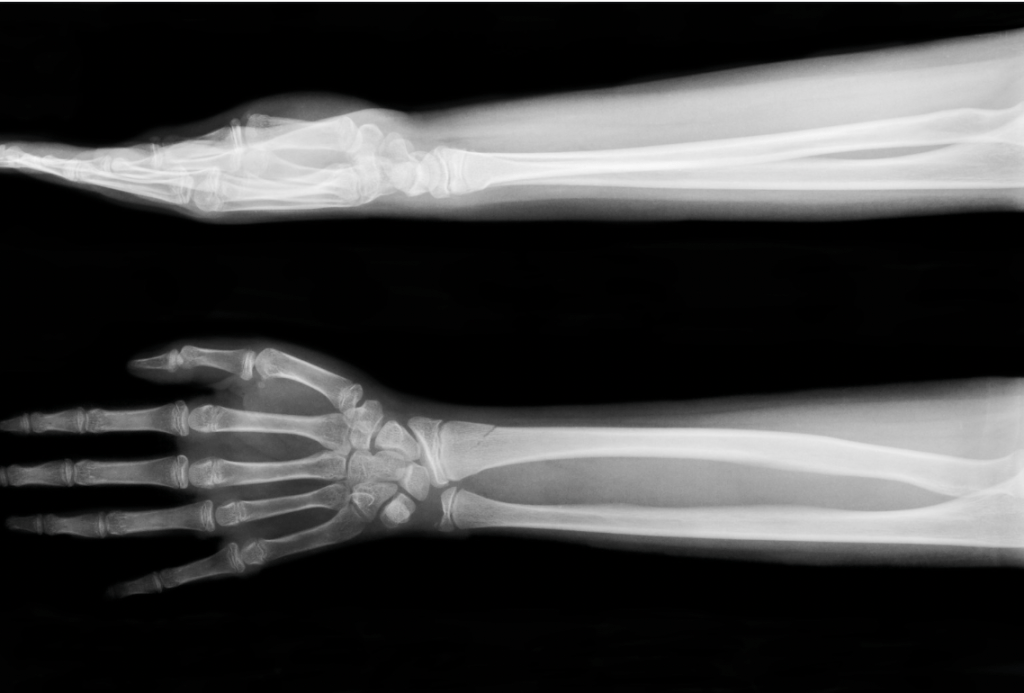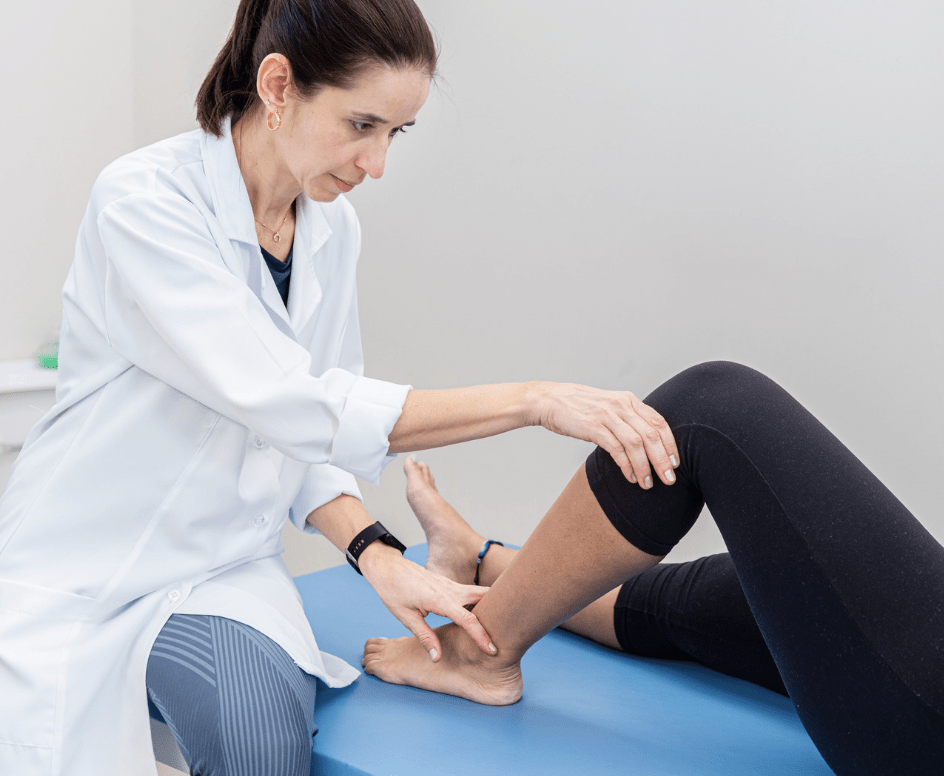Have you ever wondered about the most common leg injuries from car accidents?
Car accidents are unpredictably destructive and can cause severe damage to the leg. These injuries can alter your day-to-day life, making simple tasks challenging. This article will help you understand the most common leg injuries from car accidents and their treatments.
We will guide you in dealing with these injuries and the journey toward recovery, providing value and support. So, let’s dive in to explore, shall we?
Fractures/Broken Bones
Fractures or broken bones are among the most common injuries in car accidents. The impact of a crash can easily break the bones in the leg, specifically the femur, tibia, and fibula. These injuries can range from minor fractures to severe compound fractures where the bone protrudes through the skin.
Treatment for fractures usually involves resetting and immobilizing the broken bone with a cast or splint. In severe cases, surgery might be necessary to insert metal rods or plates to hold the bone together while it heals.
For legal advice related to car accidents, including assistance with potential claims, you may want to contact Steve Dimopoulos. He specializes in personal injury cases involving motor vehicle accidents.

Knee Injuries
Knee injuries are another common outcome of car accidents. The sudden and forceful impact can cause trauma to the knee, resulting in injuries like dislocations or Anterior Cruciate Ligament (ACL) tears. These injuries can cause severe pain, swelling, and difficulty moving the leg.
Treatment of knee injuries often begins with pain management, rest, ice, compression, and elevation (known as the RICE method). Physical therapy or surgery may be required to restore knee function in more severe cases.


Contusions/Bruises
Contusions or bruises are another usual injury from car accidents. With the abrupt force of a collision, a person’s leg can hit against hard surfaces in the vehicle, leading to bruising. These bruises can be superficial, affecting only the skin, or deep, affecting the muscle tissue.
Treatment for contusions generally starts with the RICE method – rest, ice, compression, and elevation. Over-the-counter pain relievers can also help alleviate discomfort and swelling.


Compartment Syndrome
Compartment syndrome is a serious condition that can occur after a car accident. It happens when there’s a lot of pressure on your muscles. This can cause severe damage to your nerves and blood vessels.
Treatment for compartment syndrome is very important. If not treated quickly, it can lead to muscle death. Usually, surgery is needed to relieve the pressure and save the muscle.


Nerve Damage
Nerve damage is another common but serious injury that can result from a car collision. The force of a collision can cause substantial trauma, leading to injuries to the nerves in the leg, which can result in pain, numbness, or even paralysis.
Treatment for nerve damage often involves a combination of physical therapy and medication. In severe cases where the nerve is severed, surgery may be required to repair or graft the damaged nerve.


Unraveling the Tapestry of Leg Injuries From Car Accidents
To wrap up, understanding leg injuries from car accidents is the first step towards recovery. It is crucial to seek immediate medical attention following an accident. Professionals can properly diagnose and treat these injuries, preventing further harm.
Remember, it’s not just about getting better; it’s about reclaiming your life after an accident. Take care, safety first, and always be aware on the roads.
Did you learn something new from this article? If so, check out our blog for more educational content.
WE SAID THIS: Don’t Miss…Celebrating World PT Day With Prime Egyptian Physiotherapists Centers



